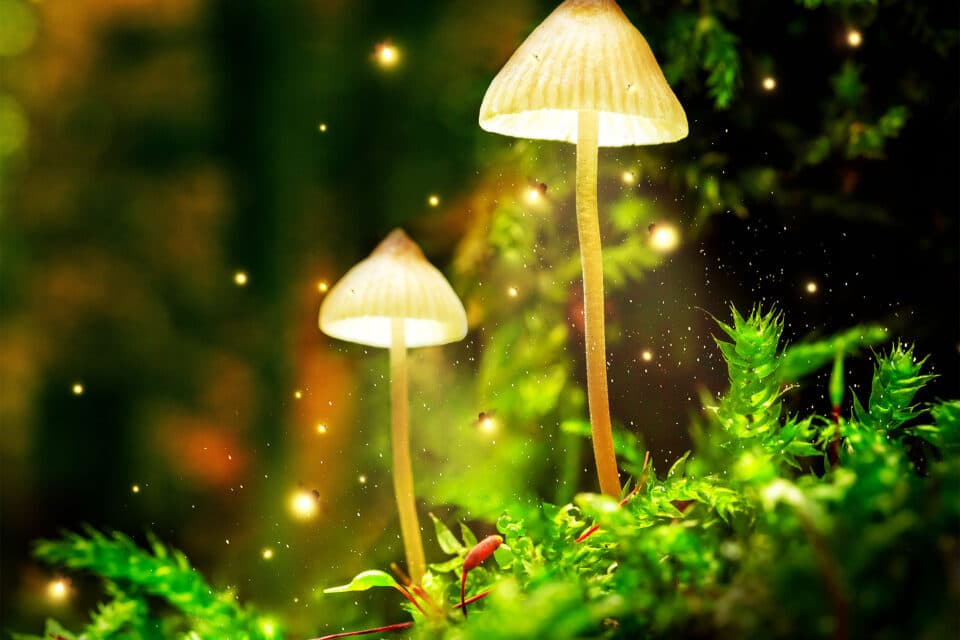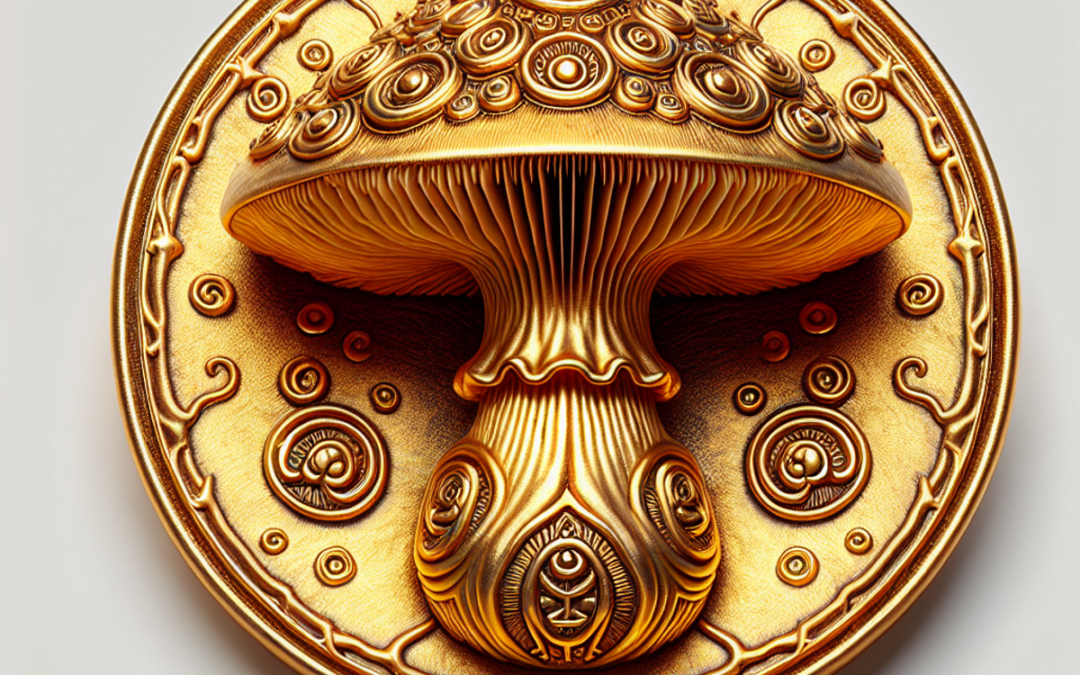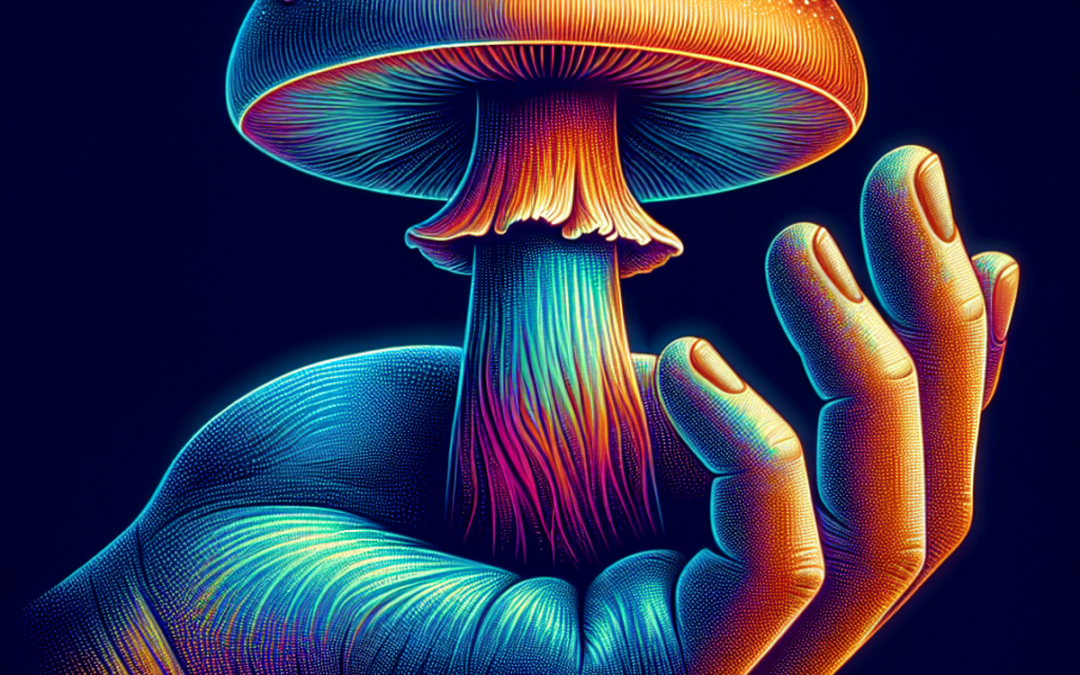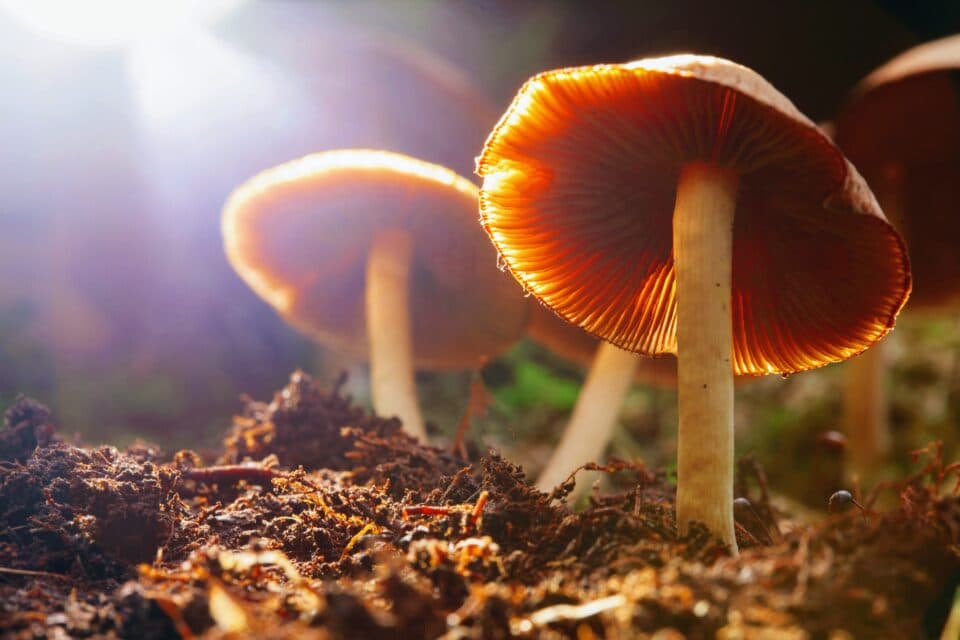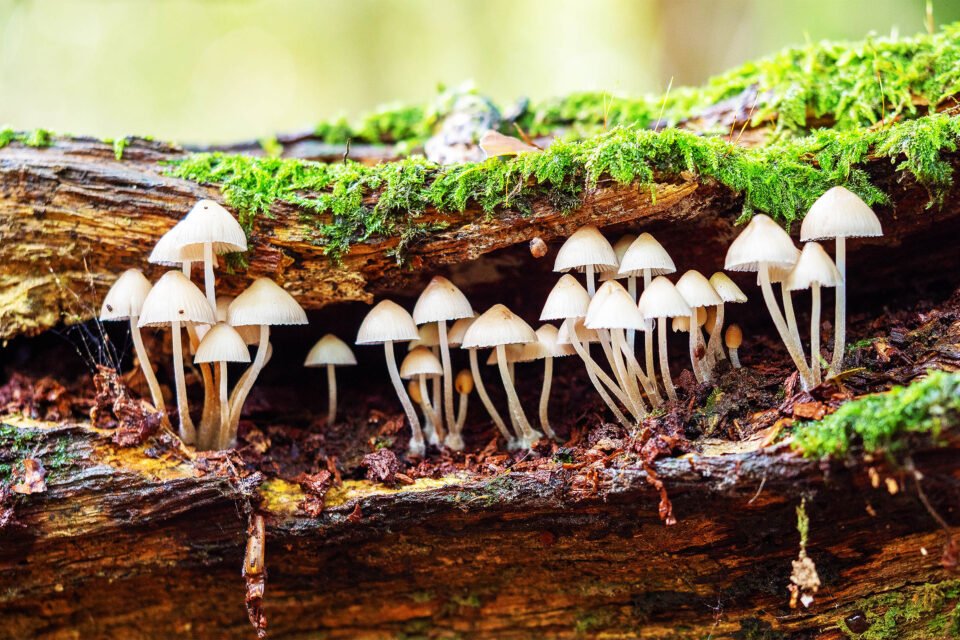For centuries, “magic mushrooms,” or Psilocybe fungi, have captivated cultures, particularly in Mesoamerica, where their profound significance is well-documented.
Fast forward to the psychedelic era of the 60s and 70s, these mystical organisms have now emerged as pivotal players in the mental health domain.
The psychoactive components, psilocybin, and psilocin, harbored in these fungi, are being recognized for their potential in treating mental health conditions like PTSD, depression, and assisting in end-of-life care.
Magic mushrooms need a genetic blueprint
However, to harness psilocybin for therapeutic purposes, a comprehensive understanding of its genetics and evolutionary background is crucial – a feat yet to be accomplished.
Our present knowledge is based on a mere fraction of the approximately 165 identified Psilocybe species. For most psilocybin-producing mushrooms, their stories remained untold since their discovery. That is, until now.
A groundbreaking study led by the University of Utah and the Natural History Museum of Utah (NHMU) marks a significant leap in this field.
The team has executed the most extensive genomic diversity study for Psilocybe to date, analyzing 52 specimens, including 39 species previously unsequenced.
A journey back in Psilocybe time
The findings are astonishing. The Psilocybe genus is estimated to have emerged around 65 million years ago, coinciding with the catastrophic asteroid event that led to the dinosaurs’ extinction.
The study suggests that the synthesis of psilocybin in mushrooms began within the Psilocybe genus. It also indicates four to five horizontal gene transfers to other mushrooms between 40 and 9 million years ago.
A pivotal discovery in the study is the identification of two distinct gene orders in the gene cluster responsible for producing psilocybin. These patterns point to an ancient divergence within the genus, implying two independent origins of psilocybin.
This is the first study to unveil such a distinct evolutionary pattern in the gene sequences linked to the synthesis of these psychoactive proteins.
Potential of psilocybin in nature
“If psilocybin does turn out to be this kind of wonder drug, there’s going to be a need to develop therapeutics to improve its efficacy. What if it already exists in nature?” said Bryn Dentinger, curator of mycology at NHMU and senior author of the study.
“There’s a wealth of diversity of these compounds out there. To understand where they are and how they’re made, we need to do this kind of molecular work to use biodiversity to our advantage.”
The DNA analyzed in this study was sourced from museum collections worldwide, with 23 out of the 52 specimens being “type specimens.” These are the gold standard in taxonomy, serving as the benchmark for identifying species.
Alexander Bradshaw, postdoctoral researcher at the University of Utah and lead author of the study, reflects on the significance of this approach.
“These type specimens represent hundreds of years of thousands of scientists’ collective effort to document diversity, way before people were thinking about DNA,” said Bradshaw.
“That’s the beauty of it — no one has really sequenced type specimens at this scale, and now we get to produce molecular and genomic data to the gold standard of Psilocybe types for people to compare against.”
Understanding magic mushroom evolution
Past research on Psilocybe, commonly known as magic mushrooms, identified four key genes responsible for psilocybin production, but only in a limited set of closely related species.
A new comprehensive study of 52 Psilocybe specimens, however, has unearthed a second distinct gene pattern, revolutionizing our understanding of these fungi.
Virginia Ramírez-Cruz, a mycologist at the Universidad de Guadalajara and co-lead author of the study, highlights the significance of this research.
“This work represents a big step in the understanding of the evolutionary relationships in Psilocybe because it is the first to include a broad species sampling and is based on type specimens,” she notes.
Biotech implications of Psilocybe
Of the specimens studied, 17 displayed the original gene order, while 35 revealed a new pattern. Bryn Dentinger, an associate professor of biology at the University of Utah, emphasizes the biotechnological potential of these findings.
“We’ve shown here that there’s been a lot of change in gene order over time, and that provides some new tools for biotechnology,” Dentinger said.
“If you’re looking for a way to express the genes to produce the psilocybin and related compounds, you no longer have to rely on only one set of gene sequences to do that. Now there’s tremendous diversity that scientists can look at for lots of different properties or efficiencies.”
The research also dated a pivotal split in the gene cluster patterns to about 57 million years ago, linked to a major ecological transition.
The earliest psilocybin-producing mushrooms likely evolved as wood decomposers before shifting to soil, and in some cases, to herbivore dung. This ecological adaptation occurred independently at least twice in their evolutionary history.
Psilocybin’s purpose: An unresolved mystery
The team contemplates the essential question: What role does psilocybin serve for mushrooms?
While it’s clear that the psilocybin-producing gene clusters offer some advantages, their exact nature remains a mystery.
Psilocybin’s molecular structure closely resembles serotonin and binds to certain receptors in mammals, insects, and arachnids, inducing altered behaviors. Theories about its purpose range from deterring predators to spreading spores, but empirical evidence is sparse.
The authors are exploring an intriguing theory they call the Gastropod Hypothesis. Coinciding with the KPg boundary marked by a massive asteroid impact, the emergence of Psilocybe around 65 million years ago aligns with a time when fungi and terrestrial gastropods thrived.
Given the significant increase in gastropods post-impact and their known predation on mushrooms, the researchers speculate that psilocybin may have evolved as a deterrent against slugs. Upcoming feeding experiments aim to test this hypothesis.
Global collections of magic mushrooms
The team has set an ambitious goal: to sequence the genome of every Psilocybe type specimen. So far, they’ve achieved this for 71 specimens, thanks to global collaborations.
Alexander Bradshaw, reflected on the importance of these collections. “It’s impossible to overstate the importance of collections for doing studies like this,” Bradshaw reflected.
“We are standing on the shoulders of giants, who spent thousands of people-power hours to create these collections, so that I can write an email and request access to rare specimens, many of which have only ever been collected once, and may never be collected again,” said Bradshaw.
In summary, this study marks a monumental advancement in our understanding of Psilocybe fungi, or “magic” mushrooms. The team’s research enriches our knowledge of their genetics and evolution, while also opening new avenues for biotechnological applications.
As research continues, the enigmatic nature of psilocybin and its role in the natural world becomes a captivating chapter in the ever-evolving story of mycology.

